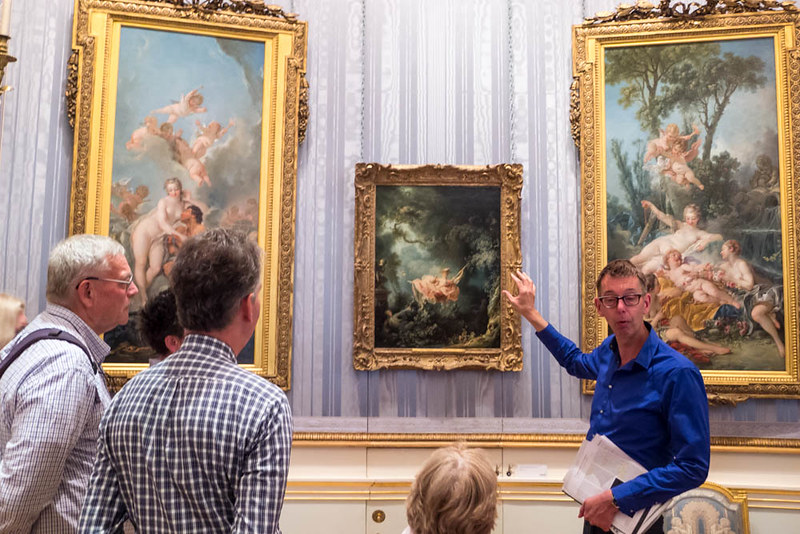Renowned for the lighthearted nature of its fine and decorative art, theRococostyle flourished in 18th-century France.
The Rococo movement is predominantly associated with two types of art: painting and decorative pieces.
Here, we unravel this unique style to understand its significance in the history of art.
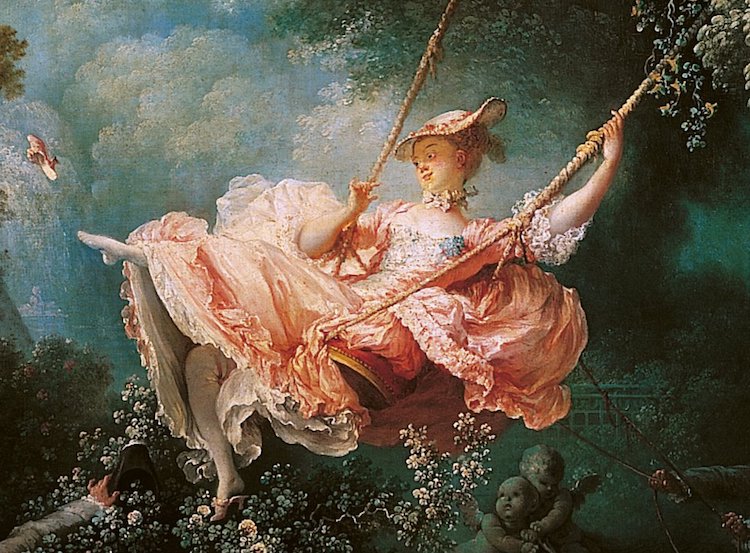
What was the Rococo period?
The Rococo style was fashionable from 1730 to 1770.
The termRococois derived fromrocaille,a special method of decorating fountains and grottoes that dates back to theItalian Renaissance.
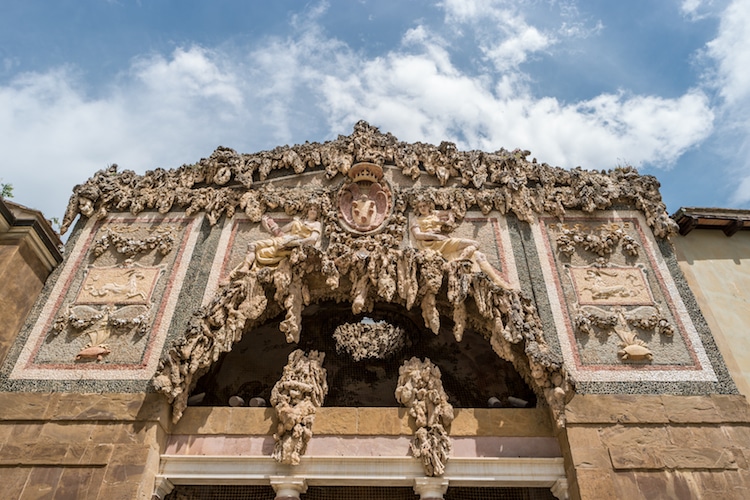
Entrance of the Buontalenti Grotto in Boboli Gardens Photo:DinoPhviaShutterstockRoyalty-free stock photo
Often featuring flutteringCupids, Greek goddesses, and other mythological figures, these depictions blend fantasy with reality.
Likefetegalantepaintings, these pieces often feature amusing iconography and mythological influences.
Attention to Detail
Rococo paintings showcase an exquisite attention to detail.
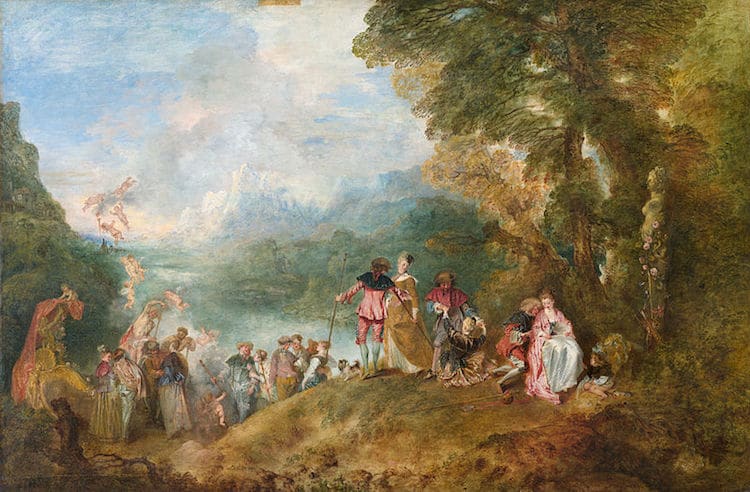
Antoine Watteau, ‘The Embarkation for Cythera' (1717) (Photo viaWikimedia CommonsPublic Domain)
Inspired byRenaissance artists, French painterFrancois Boucheris renowned for his interest in emphasizing the intricacies of a scene.
His detail-oriented approach to painting materializes as impossibly ornate costumes and elaborately decorative skies (The Getty Museum).
These pieces exhibit interests in asymmetry and a theatrical approach to portraying nature.
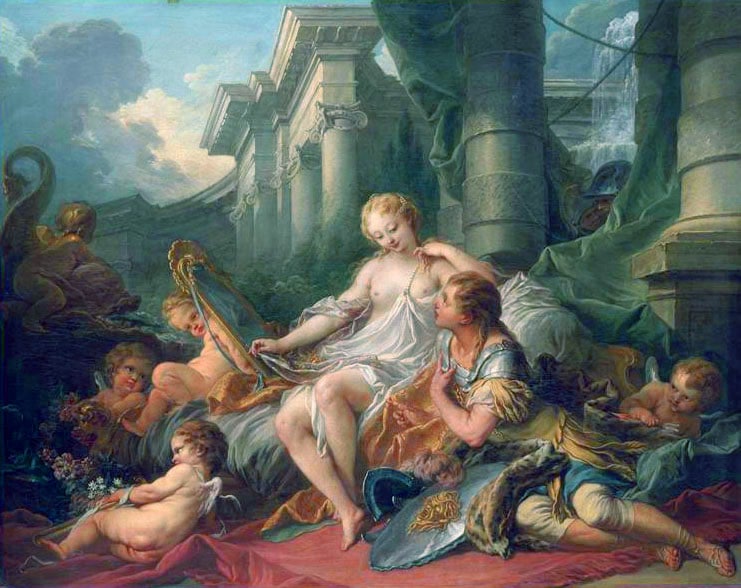
François Boucher, ‘Rinaldo and Armida' (1734) (Photo:JocondeviaWikimedia CommonsPublic Domain)
Asymmetrical Curves
Rococo decorative arts often incorporate intricate, asymmetrical forms.
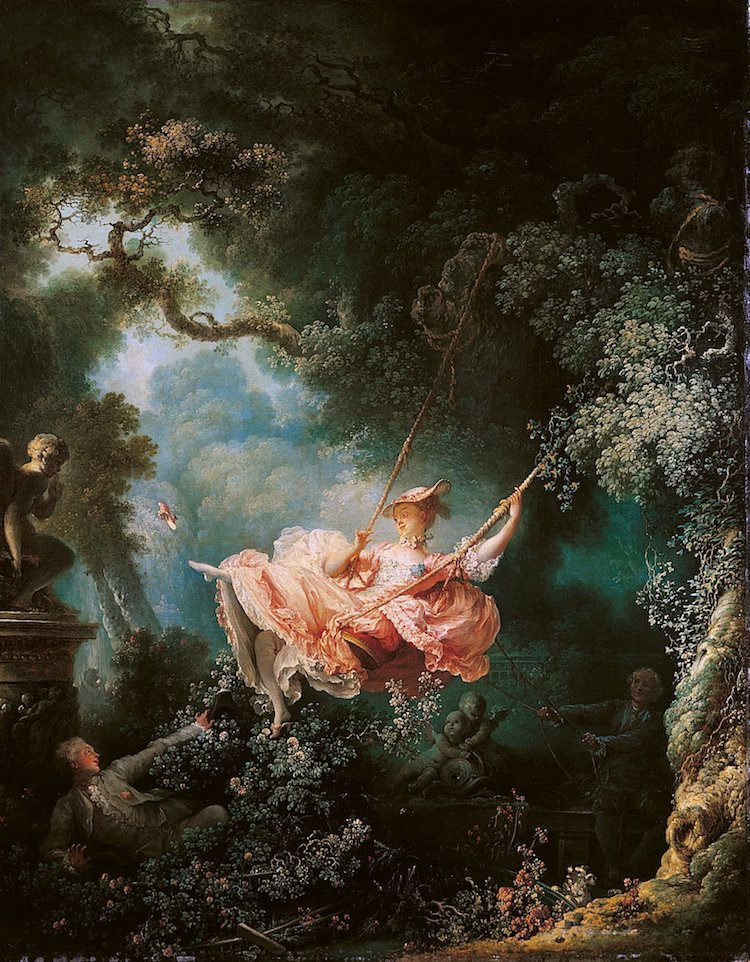
Jean-Honoré Fragonard, ‘The Swing' (1767-1768) Photo:Artwork OnlyviaWikimedia CommonsPublic Domain)
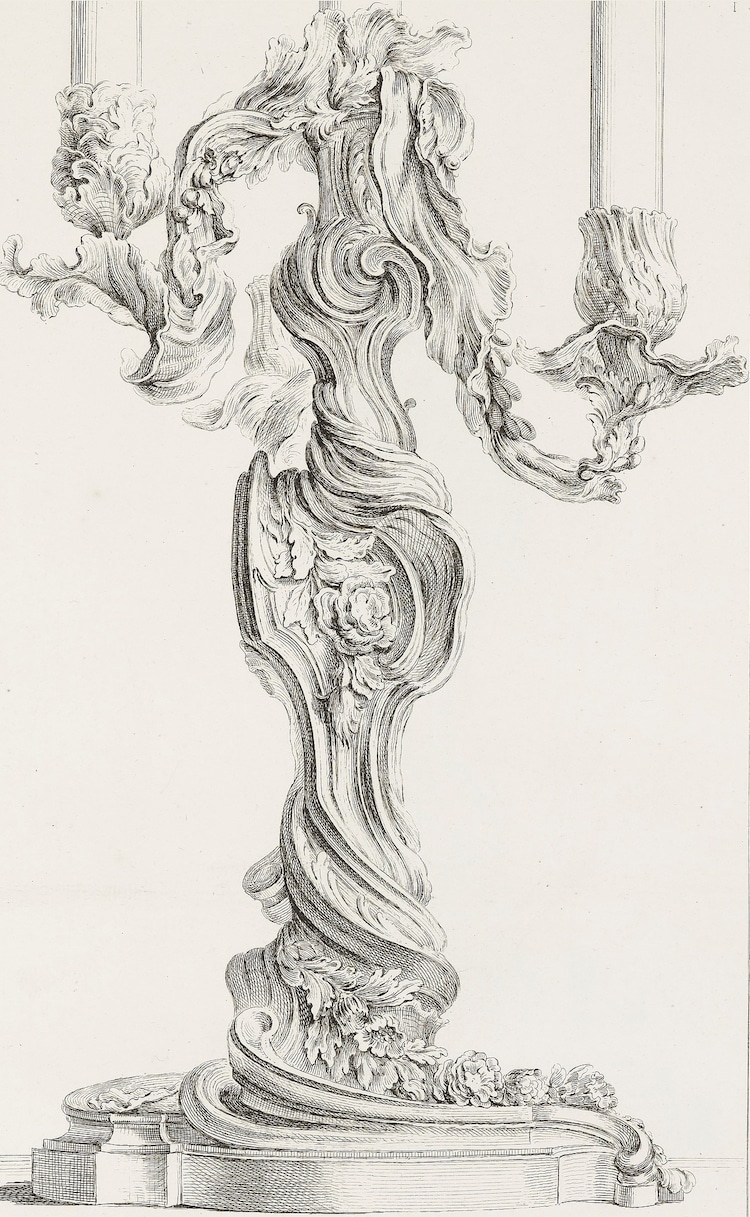
Detail of an engraving by Gabriel Huquier (Photo:Cooper HewittviaWikimedia CommonsPublic Domain)
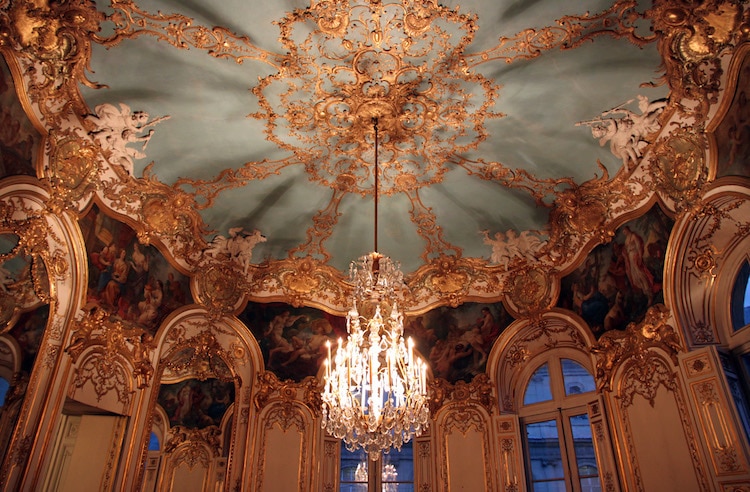
Interiors of the salon de la princesse, in the Hôtel de Soubise, Paris (Photo:NonOmnisMoriarviaWikimedia CommonsCC BY-SA 3.0)
